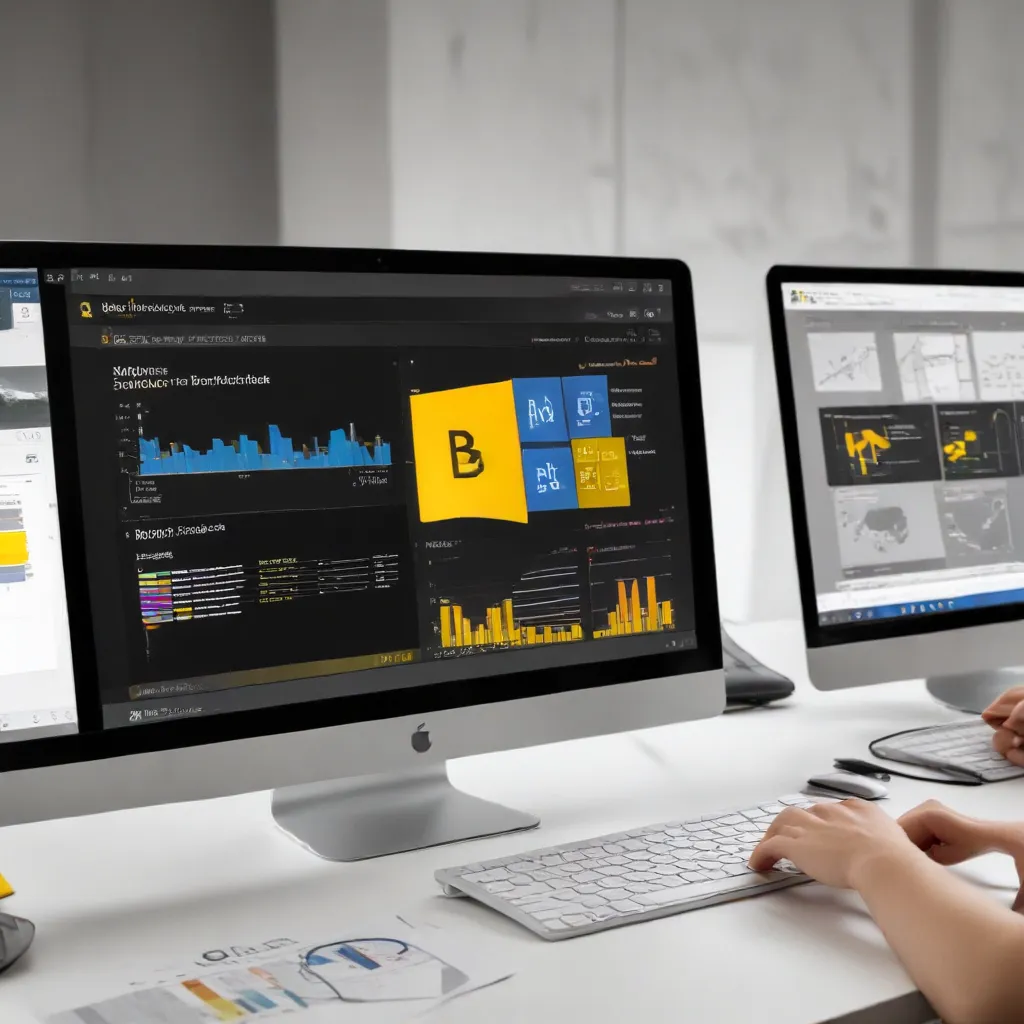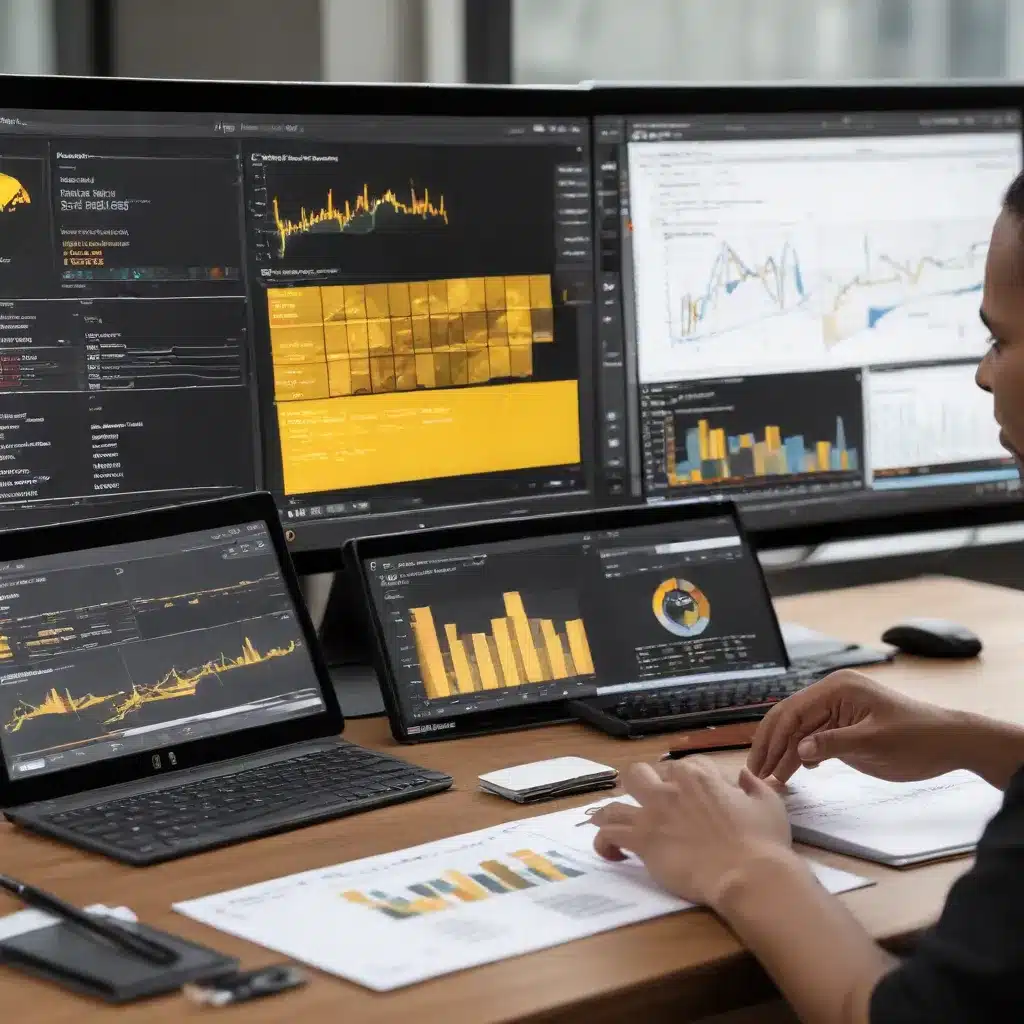
As a seasoned IT professional, I’m excited to share my in-depth insights on how you can customize your Windows 10 experience like an expert. Whether you’re looking to streamline your workflow, enhance security, or simply make your desktop more visually appealing, this comprehensive guide will equip you with practical tips and strategies to take your Windows 10 customization to the next level.
Optimize System Performance
One of the first steps in customizing Windows 10 is ensuring your system is running at its best. If you’re experiencing slow performance or prolonged scan times, it’s essential to address these issues to get the most out of your Windows 10 experience.
Optimize Bitdefender Scans
According to the Bitdefender community forum, one common issue users face is extended scan times with Bitdefender antivirus software. To optimize your Bitdefender scans, try the following:
-
Adjust Scan Task Priority: Open the Bitdefender program, go to the “Protection” tab, then “Antivirus” and “Open”. Click the three-dot menu next to “System Scan” and “Quick Scan”, then select “Edit”. Change the “Scan task priority” to “High” for both scans.
-
Repair or Reinstall Bitdefender: If the scan time is still excessive, try repairing the Bitdefender installation by following the steps provided in the community forum. If that doesn’t work, uninstall and then reinstall the Bitdefender program.
-
Check System Requirements: Ensure your device meets the minimum system requirements for Bitdefender. Older or less powerful systems may struggle with the resource-intensive nature of full system scans.
By optimizing your Bitdefender settings and addressing any potential conflicts or hardware limitations, you can significantly improve the performance of your Windows 10 system.
Manage Startup Programs
Another key step in optimizing system performance is managing your startup programs. Too many programs launching at startup can slow down your system’s boot time and consume valuable system resources. To manage your startup programs:
- Open the Task Manager: Press
Ctrl + Shift + Escto open the Task Manager. - Navigate to the “Startup” tab: Here, you’ll see a list of all the programs that are set to launch automatically when your computer starts up.
- Disable Unnecessary Startup Items: Review the list and disable any programs you don’t need to run at startup. This will help improve your system’s boot time and overall performance.
You can also use the Autoruns tool from Microsoft Sysinternals to get a more comprehensive view of your startup programs and services, making it easier to identify and disable unnecessary items.
Customize the Windows 10 User Interface
Beyond optimizing system performance, you can also personalize your Windows 10 experience by customizing the user interface (UI) to suit your preferences.
Personalize the Desktop
One of the easiest ways to customize your Windows 10 desktop is by changing the wallpaper. To do this, right-click on the desktop and select “Personalize”. Here, you can choose from a variety of pre-installed wallpapers or upload your own custom image.
You can also experiment with different desktop themes, which can change the color scheme, icons, and other visual elements of your Windows 10 interface. Microsoft provides a range of built-in themes, or you can download and install third-party themes from the Microsoft Store or other reputable sources.
Customize the Start Menu and Taskbar
The Start menu and taskbar are two of the most frequently used parts of the Windows 10 UI. To customize these elements:
-
Organize the Start Menu: Right-click on the Start menu and select “Settings”. Here, you can rearrange, resize, and remove tiles to create a more streamlined and personalized Start menu.
-
Customize the Taskbar: Right-click on the taskbar and select “Taskbar settings”. You can then adjust the taskbar’s size, position, and appearance to your liking. You can also add or remove icons and shortcuts on the taskbar.
-
Use Third-Party Tools: Alternatively, you can use third-party tools like Start10 or Classic Shell to further customize the Start menu and taskbar experience.
By taking the time to personalize your desktop, Start menu, and taskbar, you can create a Windows 10 environment that is tailored to your specific needs and preferences.
Enhance Security and Privacy
Customizing your Windows 10 experience isn’t just about aesthetics – it’s also about ensuring your system is secure and your privacy is protected. Here are some tips to enhance your Windows 10 security and privacy:
Manage Windows Defender Firewall
The Windows Defender Firewall is a built-in security feature in Windows 10 that helps protect your system from unauthorized access. To manage the firewall:
- Open the Windows Defender Firewall with Advanced Security: Search for “Windows Defender Firewall with Advanced Security” in the Start menu and open it.
- Create Custom Firewall Rules: In the Advanced Security console, you can create custom firewall rules to allow or block specific traffic to and from your system.
- Enable the Firewall: Ensure the firewall is enabled and configured to your liking to enhance your system’s security.
Customize Privacy Settings
Windows 10 includes a range of privacy settings that allow you to control how your data is collected and used. To access these settings:
- Open the Privacy Settings: Search for “Privacy settings” in the Start menu and open it.
- Review and Customize: Explore the various privacy settings, such as location, camera, microphone, and diagnostic data, and adjust them to your preferences.
By taking control of your Windows 10 security and privacy settings, you can ensure your system and personal information are protected from potential threats.
Streamline Your Workflow
In addition to customizing the visual aspects of your Windows 10 experience, you can also optimize your workflow to improve productivity and efficiency.
Create Custom Keyboard Shortcuts
Keyboard shortcuts can significantly streamline your workflow by allowing you to perform common tasks more quickly. To create custom keyboard shortcuts:
- Open the Shortcuts Settings: Search for “Shortcuts” in the Start menu and open the “Keyboard” settings.
- Assign Custom Shortcuts: Here, you can assign custom keyboard shortcuts to various actions, such as launching specific applications or performing system tasks.
Utilize Virtual Desktops
Windows 10’s virtual desktop feature allows you to create and manage multiple desktop environments, each with their own set of open applications and windows. This can help you stay organized and focused on specific tasks. To use virtual desktops:
- Open the Task View: Click the Task View icon on the taskbar or press
Windows + Tab. - Create a New Desktop: Click the “New desktop” button to create an additional virtual desktop.
- Switch Between Desktops: Use the Task View or keyboard shortcuts (
Windows + Ctrl + Left/Right) to switch between your virtual desktops.
By leveraging custom keyboard shortcuts and virtual desktops, you can streamline your Windows 10 workflow and boost your productivity.
Backup and Restore Your Customizations
Once you’ve invested time and effort into customizing your Windows 10 experience, it’s essential to ensure your customizations are backed up and can be easily restored if needed. Here’s how you can do this:
Create a System Image
One of the most comprehensive ways to back up your Windows 10 system is by creating a system image. This backup includes your installed programs, settings, and personal files, allowing you to restore your entire system if necessary.
To create a system image, go to the “Backup” settings in the Control Panel and select the “Create a system image” option. Follow the on-screen instructions to complete the process.
Export Your Customizations
In addition to a full system backup, you can also export specific customizations, such as your desktop wallpaper, theme, and Start menu layout. This allows you to easily restore your preferred settings if you need to reinstall Windows or transfer your customizations to a new device.
To export your customizations, use tools like Windows 10 Settings Backup or Export-StartLayout PowerShell cmdlet.
By regularly backing up your system and exporting your customizations, you can ensure your Windows 10 experience is always tailored to your preferences, even in the event of a system failure or reinstallation.
Conclusion
Customizing Windows 10 like an expert is all about optimizing system performance, personalizing the user interface, enhancing security and privacy, streamlining your workflow, and ensuring your customizations are properly backed up. By following the tips and strategies outlined in this comprehensive guide, you’ll be well on your way to creating a Windows 10 experience that is truly tailored to your needs and preferences.
Remember, the IT Fix blog is always here to provide you with practical IT solutions, computer repair advice, and in-depth insights on the latest technology trends. Keep exploring and customizing your Windows 10 setup to unlock the full potential of your system.












